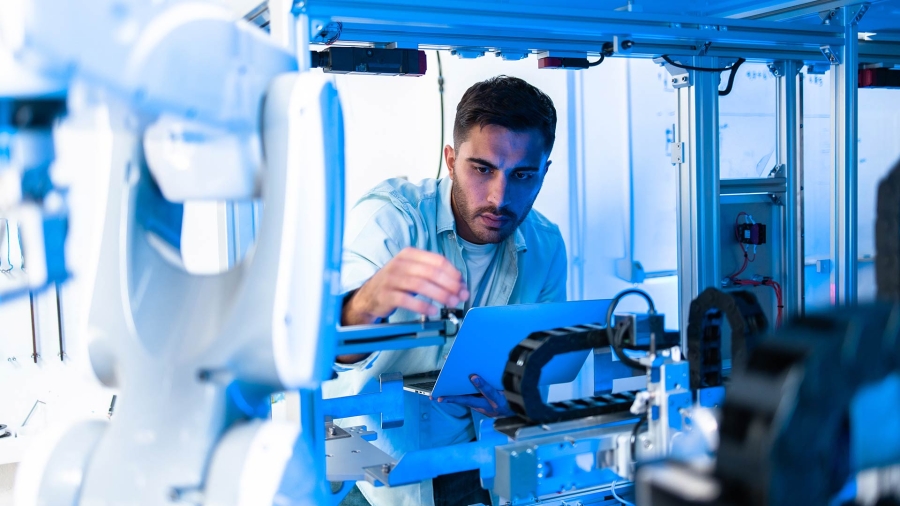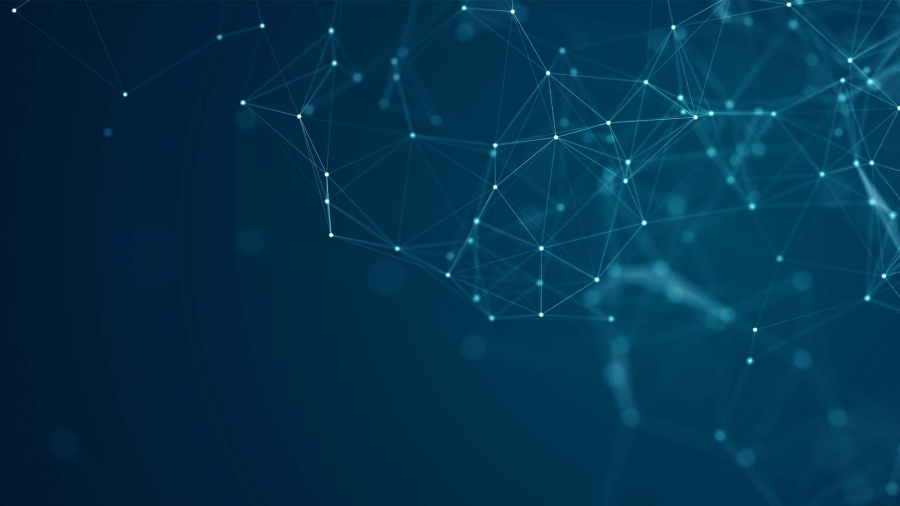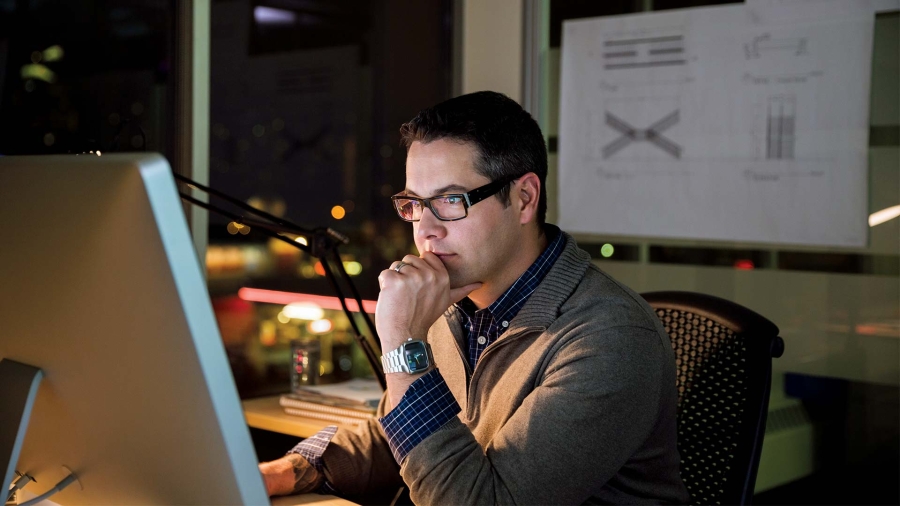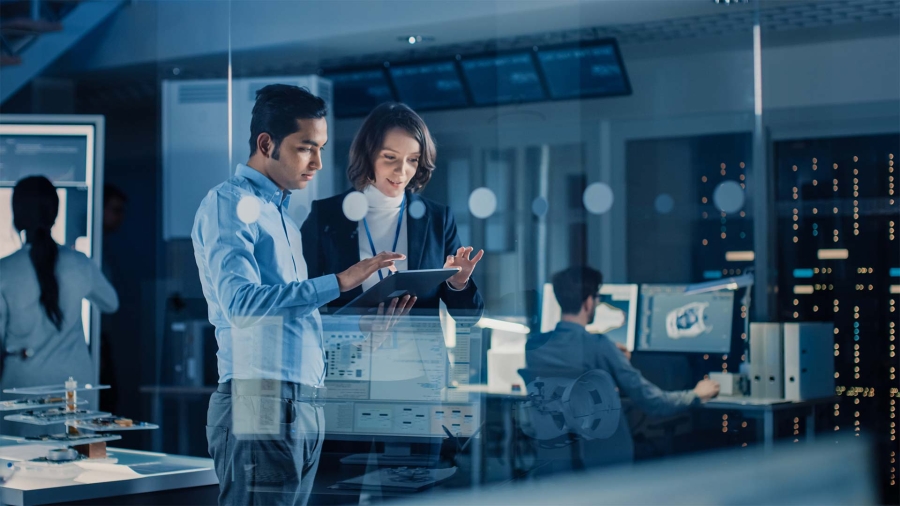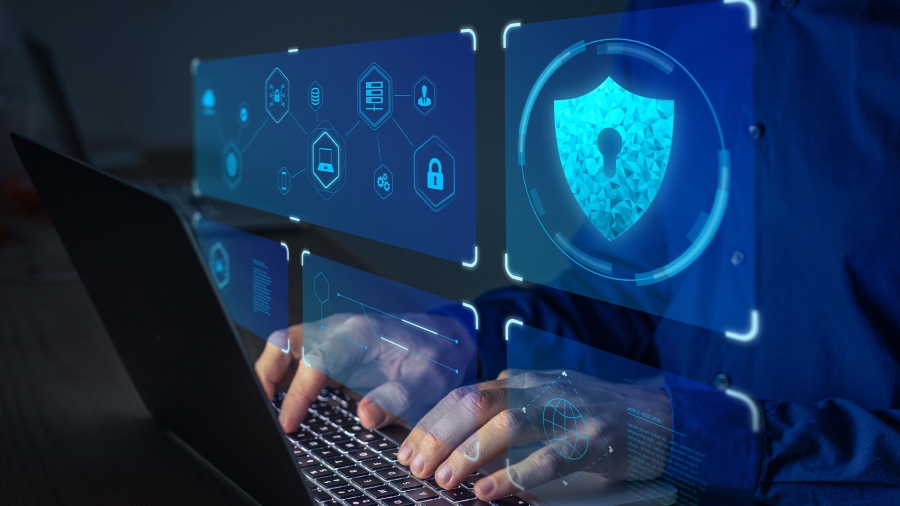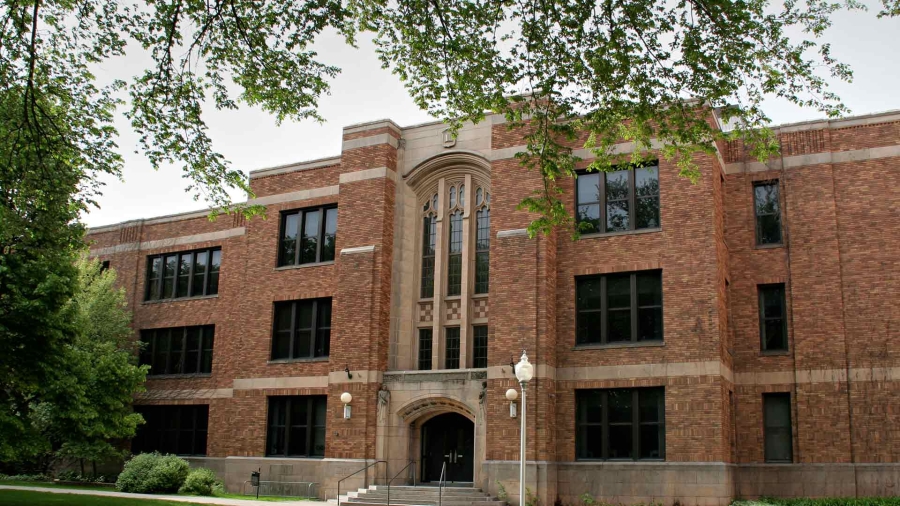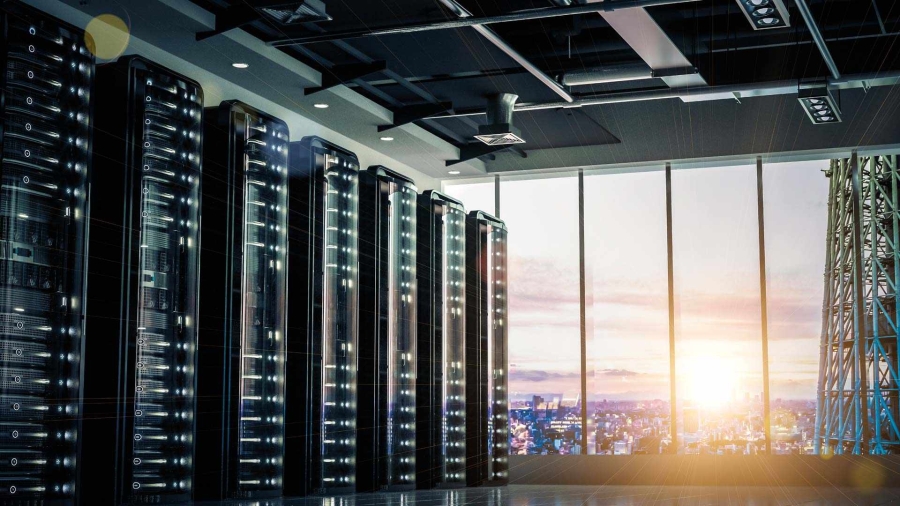The term "smart buildings" has become popularized in recent years. So much so, that it may have started to become somewhat diluted in its meaning. However, smart building technology is extremely important for real estate executives, building operators, and occupants. It includes a digitized infrastructure of smart devices, energy assets, and integrated applications, all connected – locally, remotely, and to the cloud – that enables deep insights and control over every aspect of building operations.
We consider smart building technology to be core to the success of Buildings of the Future, helping them become more sustainable, resilient, hyper-efficient, and people-centric. This is important today and tomorrow, during, and post-pandemic.
Leading research and consulting firm Verdantix agrees as published in their 10 Predictions For Smart Building Technology In 2021 And Beyond. Within the key investment trends and innovations discussed, Verdantix includes examples of visionary organizations spearheading new smart building projects, including Schneider Electric. Let’s have a brief look at a few of their predictions and how we’re connecting with these trends.
“Digital twin simulations and edge computing will continue to garner interest amongst executives.”We agree. In fact, we collaborate with a variety of industry partners to help accelerate the bridge between building information modeling (BIM) and real-world operational performance. For example, in partnership with Bentley Systems, we installed 179 Bluetooth beacons and 900 sensors to collect data on topics such as lighting, air quality, and temperature at the Microsoft regional headquarters in Singapore. The IoT-based device data will be used with AI-assisted apps to help improve employee comfort and energy efficiency. By connecting to daily energy and operational data, the digital BIM model will be used as an energy model, helping to manage spaces, perform building management system (BMS) scheduling, and perform predictive maintenance.
Regarding edge computing, Verdantix explains that the approach “enables data processing locally, closer to where the data is collected. The benefits include more immediate responses and reduced reliance on internet bandwidth … greater cost efficiencies [and] more access to IoT functionalities.” We recognize this benefit in supporting smart building applications and other business processes, and we’re partnering with EdgePresence and Accu-Tech to deploy edge points-of-presence (PoPs) to help businesses utilize the power of the edge to drive digital business forward.
“In the near-term firms are planning targeted new investments in … IoT-enabled space monitoring.”Mature smart building technology helps create a more responsive workplace. Many businesses are moving toward a more fluid strategy for fixed versus flexible spaces. The pandemic has introduced the additional challenges of maintaining safe distancing.
Space management solutions can help integrate occupancy and traffic monitoring, alongside indoor air quality, and comfort monitoring. Through integration with our EcoStruxure Building Operation, data shared with the BMS will proactively optimize HVAC settings. Facility managers can ensure that occupants are following distancing guidelines and policies for the use of common areas such as cafeterias. They can also determine when a change in layout is needed for workplace mix, for example, underutilized desks or meeting rooms can be quickly identified and reallocated as necessary.
“COVID-19 is driving firms to reprioritize their facilities management strategies with talent retention and employee safety as new focal areas.”We are definitely seeing this trend with our customers. The pandemic has heightened the need for efficient communications – more than ever it’s important to stay connected to employees to keep them safe and informed. Smart building technology offers an opportunity to do this, as well as increases engagement and satisfies the generation of mobile-first Millenials and Gen-Z professionals that expect greater connectivity, convenience, and control.
Our new breed of enterprise mobile engagement app is empowering employees with a digitized workplace experience. The app lets employees use their mobile devices as a digital passport at the security entrance and navigate the office using real-time availability and occupancy level data for each space. It also enables administrators to deliver persona-based notifications about changing site situations.
Other smart building technology trendsIn the race toward sustainable, zero-carbon buildings, there are three critical patterns that smart building technology will help enable. Buildings will need to become ultra-efficient, evolve to full electrification (replacing fossil-fuel-based heating with electric), and be ready to rely on localized and renewable generation, which will also increase resiliency. As noted by our CEO, Jean-Pascal Tricoire, “Digitalization is a key enabler of this transformation. It redefines the way we produce, distribute and consume electricity.”
To help more buildings more quickly make this transition, Schneider Electric is acquiring a minority shareholder position in Planon, helping the company accelerate the deployment of its suite of
Integrated Workplace Management System (IWMS) solutions. Planon will leverage synergies with our smart buildings and energy technology, helping buildings achieve hyper-efficiency while improving building operator productivity and users’ workplace experience.
To achieve greater resiliency, many organizations – beyond critical operations like hospitals and military bases – are seeking better protection against severe weather-related power interruptions. Energy-as-a-service (EaaS) now offers a simpler and more affordable way to acquire onsite generation assets. The GreenStruxure joint venture between Schneider Electric and Huck Capital aims to accelerate the U.S. market adoption of microgrids by delivering modular, standardized EaaS solutions to commercial, industrial, and governmental medium-sized buildings.
To learn more about all ten of the Verdandix smart building technology predictions, download the report. To learn more about Schneider Electric’s smart building solutions, visit our EcoStruxure Building site.





